'In over a thousand years, no monarch has been more loved or more esteemed': Her Majesty The Queen remembered, by royal biographer Matthew Dennison
The twist of fate that led the young Princess Elizabeth to become heir to the throne could not have gifted us a better sovereign, says Matthew Dennison, as he looks in depth at Queen Elizabeth II's life and legacy.
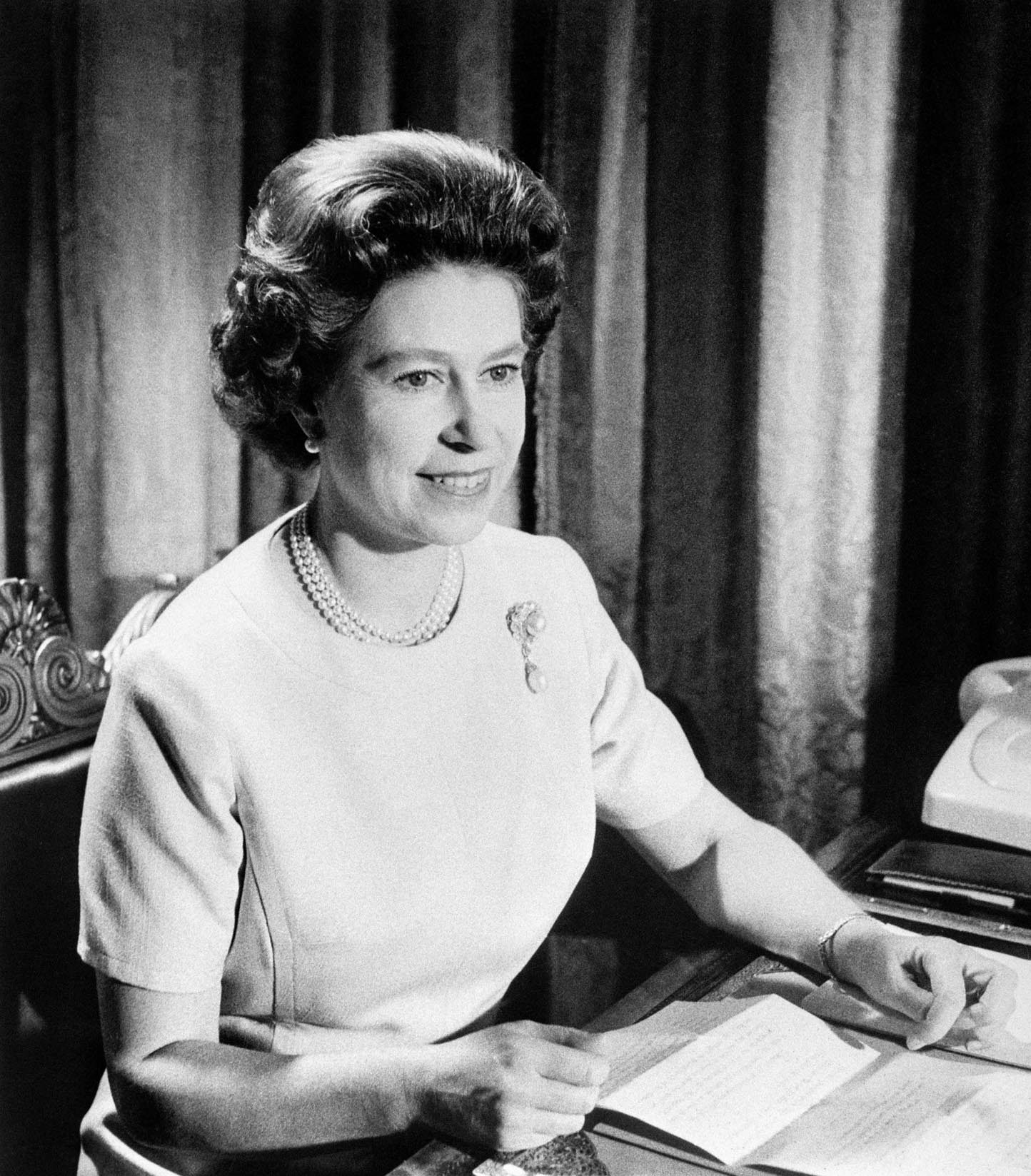
The sovereign who safeguarded the dignity of the Crown through a period of unprecedented social change, including the iconoclasm of the 1960s and the trivialising invasiveness of the celebrity culture that dominated the second half of her reign, Elizabeth II will be remembered for her unwavering fidelity to timeless concepts of royalty absorbed during her childhood from her parents and grandparents, for unflagging devotion to duty and for the constancy that earned her the title ‘Elizabeth the Steadfast’.
‘She looks a Queen and obviously believes in her right to be one. Her bearing is both simple and majestic — no actress could possibly match it,’ wrote the politician and historian John Grigg at the time of the Silver Jubilee. In a cynical age, Elizabeth II preserved aspects of sovereignty’s ancient mystique — the likeable, often glittering embodiment of monarchy — albeit acknowledging popular pressure for greater accessibility. ‘We do not want the Queen to be one of us,’ wrote the women’s editor of the Reading Evening Post in February 1991, ‘but we do want her to be with us.’
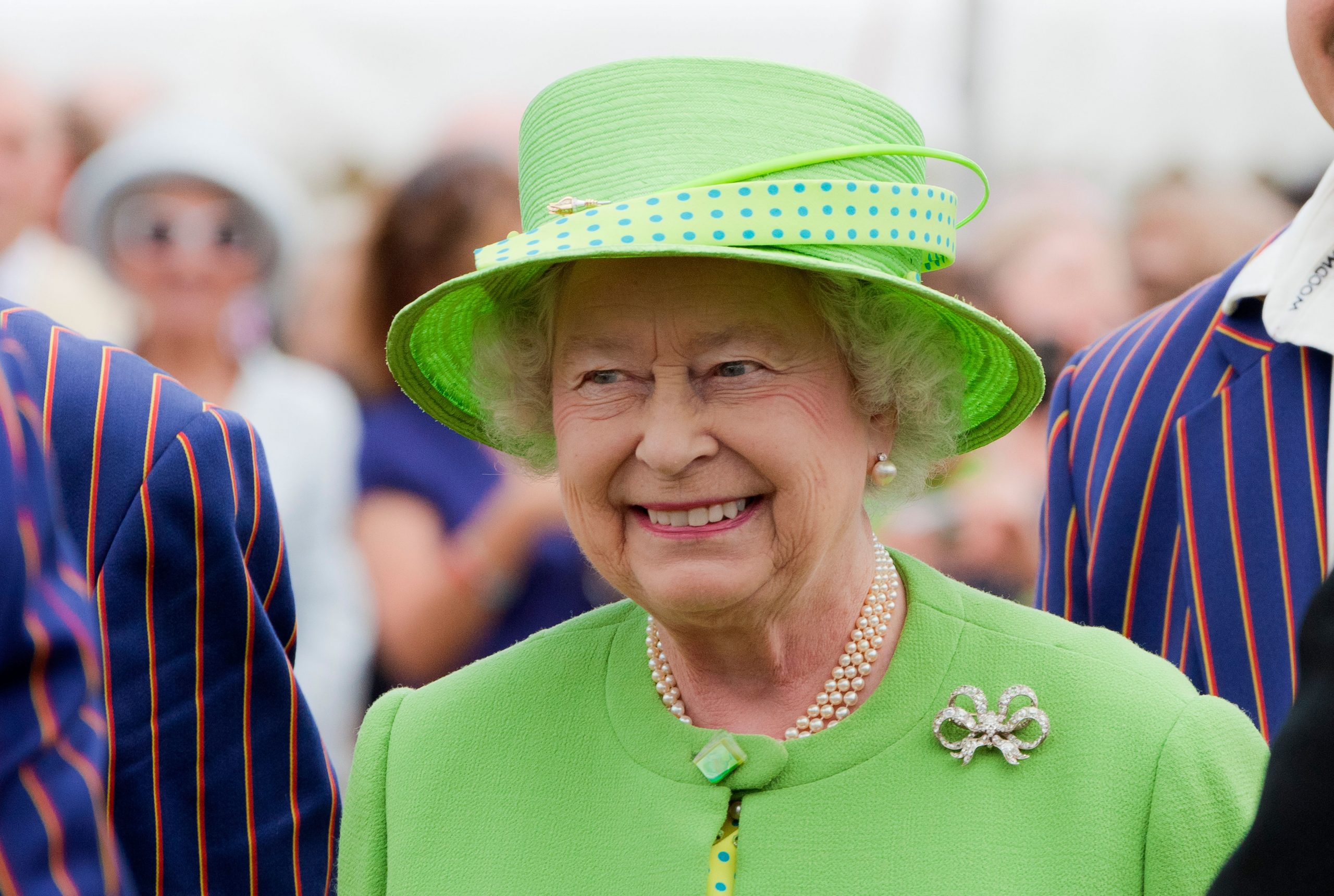
Over time, Elizabeth II developed an instinctive understanding of this precarious distinction. Through more than seven decades on the throne, she balanced the requirement of accessibility with distance, the white-gloved hand smilingly extended in greeting, and skilfully she balanced her formal role as head of state with that of head of the nation, encouraging, applauding and inspiring wide-ranging initiatives that, above all, promoted community wellbeing, pride in the nation and the continuing evolution of a tolerant, compassionate, unified society. From the landmark 1969 fly-on-the-wall documentary film Royal Family, she emerged, in the words of one television critic, as ‘a warm, friendly person, with a thoroughly engaging sense of humour’.
However, behind the dry wit and dazzling smile was an inner steel shaped in part by her deep Christian faith that increasingly defined her public rhetoric. Widely loved, even venerated by the time of her death, she achieved a degree of moral authority unrivalled by other statesmen or world leaders; as early as 1972, a television commentator told viewers that ‘in a line stretching back over a thousand years, no monarch has been more loved and no monarch more esteemed’. In 2017, a Vatican official described her as the world’s ‘last Christian monarch’.

Never fashionable, by nature cautious, equable and conservative, from early in her reign Elizabeth II made a virtue of consistency. From the 1960s, she was acclaimed as a still point in the vortex of progress: unchanging and dependable, hers would become a benign and reassuring presence in British life. At the heart of her annual Christmas broadcasts were straightforward and unfaddish homilies, for example that ‘matters of the spirit are more important and more lasting than simple material development’.
Nevertheless, she oversaw a process of significant — and historic — evolution in the contract between Crown and people. She admitted television access to every aspect of her public life, beginning with her Coronation in 1953; in 1970, she introduced the royal walkabout that, for the first time in centuries, enabled informal conversations between monarch and subjects; in 1993, after fire destroyed areas of Windsor Castle, she opened Buckingham Palace to paying tourists.
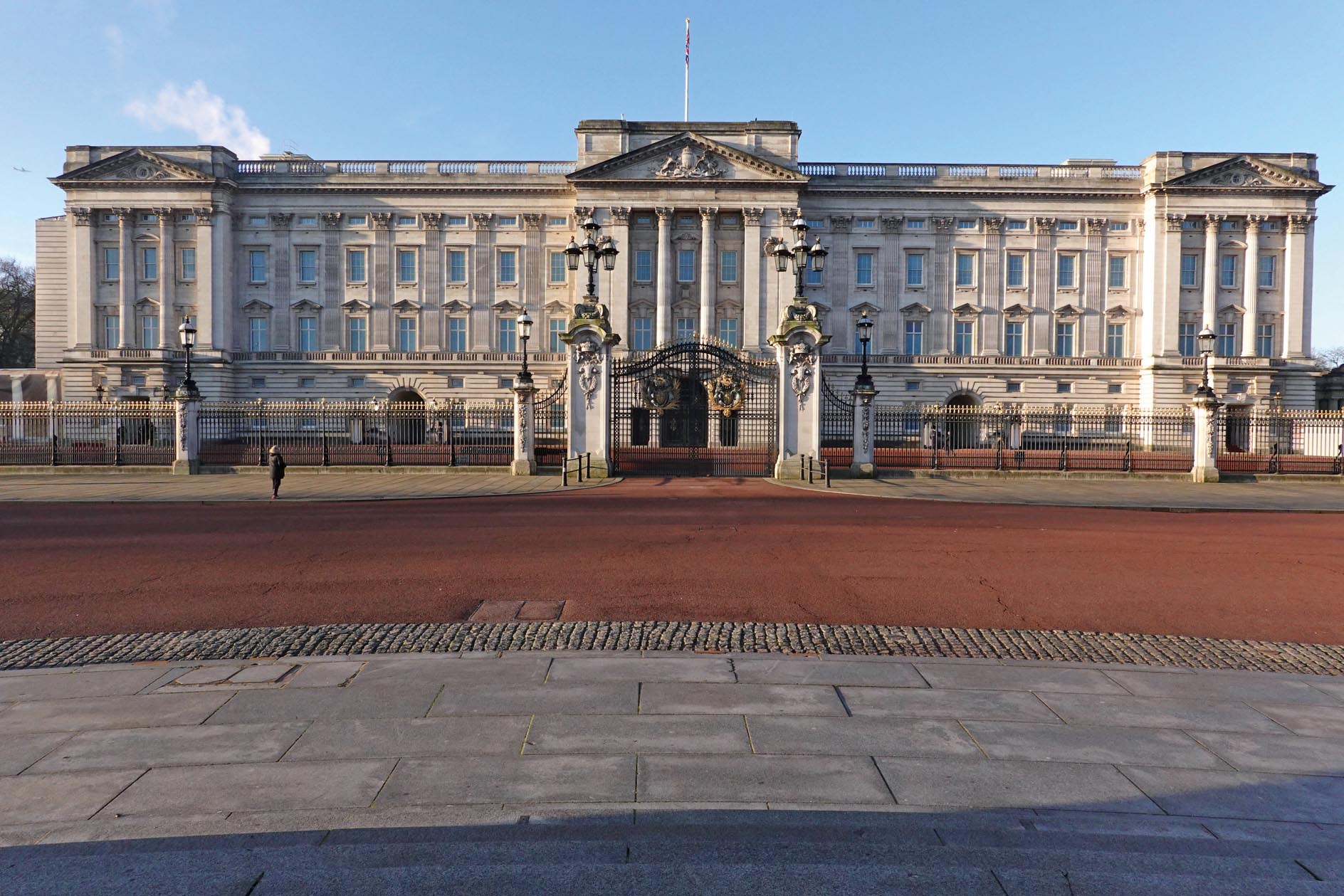
The Royal Family embraced social media and the digital age. Into her 10th decade, faithful to her belief that she had to be seen to be believed, she criss-crossed the kingdom, visiting towns and villages, large and small communities, her subjects of many races, ethnicities and faiths. In doing so, she helped maintain the monarchy’s ubiquity in national life, as well as humanising the ancient institution she embodied for so long. As a spectator at the wedding of one of her children told reporters: ‘She’s it, really, isn’t she, I mean, she’s the Realm.’
Exquisite houses, the beauty of Nature, and how to get the most from your life, straight to your inbox.
Strong foundations
Elizabeth II was not born to be Queen. The eldest daughter of the second son of George V and Queen Mary, Princess Elizabeth Alexandra Mary of York was 10, when, in December 1936, she learned from a footman in her father’s London house at 145 Piccadilly that her uncle, Edward VIII, had abdicated. This placed her father on the throne as George VI, a role he accepted reluctantly, and made her heiress presumptive.
At a similar moment, her great-great-grandmother Queen Victoria had uttered a statement of resolve: ‘I will be good.’ Quieter and less extrovert than her redoubtable forebear, the then Princess Elizabeth made no comment beyond a straightforward ‘Yes, some day’ in response to her sister Margaret’s question of whether the news meant that Elizabeth would eventually be Queen.

More conscientious, more self-sacrificing and more modest than Victoria, Elizabeth spent the remainder of her life determined to be as good as she possibly could be in a role she had not sought or expected, but never struggled to escape. Her mother described her as ‘such an unselfish and thoughtful angel’. This combination of personal humility, acquiescence and serious- ness about her royal calling shaped her behaviour throughout her reign and played an important part in her public success. She followed the example of her father and her grandfather in embracing eminence without pride, an approach central to the monarchy’s survival in the 20th century.
Princess Elizabeth’s formal education was confined to schoolroom lessons with a governess, Marion Crawford, known as ‘Crawfie’, who delighted in teaching history and literature, but, by her own admission, struggled with maths; from the age of 13, Princess Elizabeth received lessons in constitutional history from the vice provost of Eton College, Henry Marten, who also ingrained a habit of thoughtful appraisal of both sides of an argument.
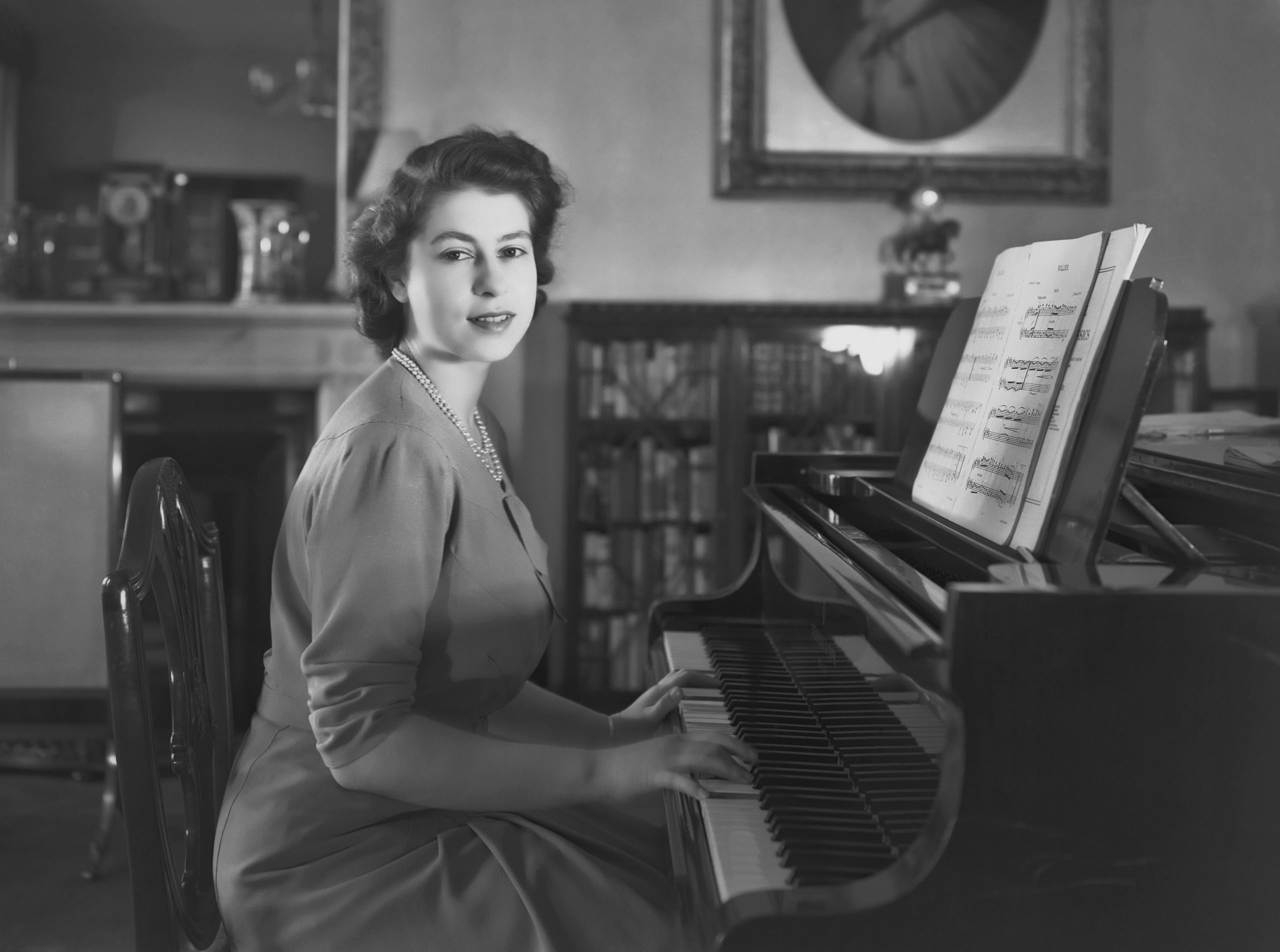
At the time and since, the lightness of aspects of this academic programme, which was frequently interrupted by her doting parents, provoked disdain. Nevertheless, Elizabeth acquired useful skills: an ability to read quickly and carefully, fluency in French and a deep love of British history. Journalist and family friend Lady Cynthia Asquith pointed to an equally important feature of the Queen’s upbringing: ‘From the time that the possibility of her future position dawned on her, she was taught to prepare for it in every way, especially by self-control.’
From her parents, Elizabeth absorbed a love of family life and the country: dogs, ponies, racing, fishing, shooting and stalking; the wide open spaces of the Sandringham estate in Norfolk, farmed by her father and the peaceful beauty of the Highlands at Balmoral. From her parents also, she absorbed the Christian faith that sustained her for the rest of her life.
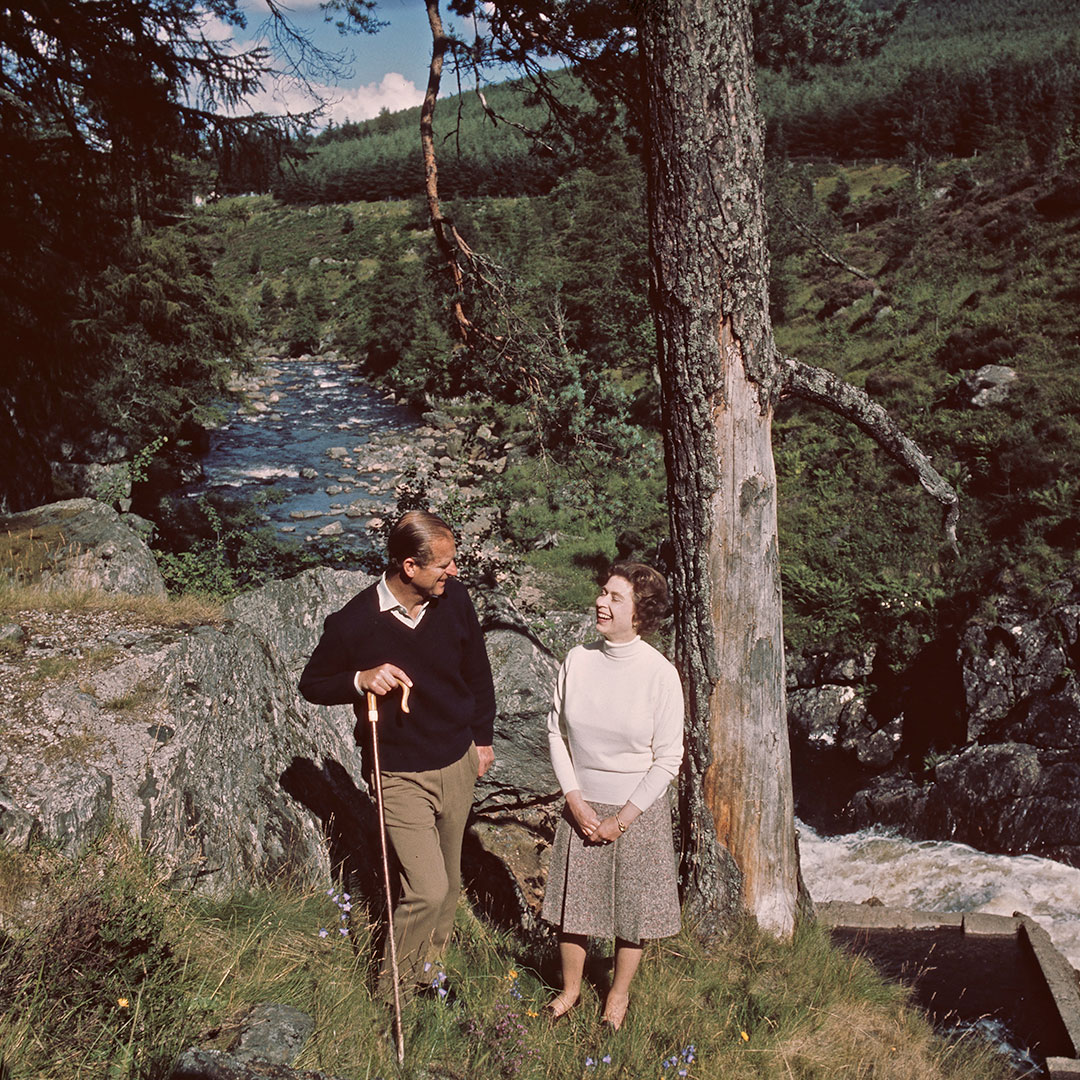
Her formidable grandmother, Queen Mary, also exerted a notably lasting influence. For George V’s consort, royalty was a sacred calling: assiduously, she nurtured in her eldest granddaughter an appreciation of her royal heritage. From Queen Mary, as well as her parents, Elizabeth II learned those virtues that underpinned her understanding of what constitutional historians have called the ‘welfare monarchy’, chief among them service and duty. In a 21st-birthday broadcast, she dedicated her ‘whole life, whether it be long or short’ to public service.
From her mother, the Queen, she learned that such service could also be a pleasure: ‘I survive by enjoying myself every moment of the day,’ she reportedly commented.

Becoming Queen
Elizabeth fell in love at the age of 13, on a visit to the Royal Naval College in Dartmouth. Her emotions never faltered and, eight years later, on November 20, 1947, she married the former Prince Philip of Greece and Denmark, by then naturalised as a British subject with a distinguished record of wartime service as Lt Philip Mountbatten. Within a year, Elizabeth gave birth to an heir to the throne: in a break from family tradition, he was called him Charles. Elizabeth’s reputation for doing her duty was already a given: ‘I knew she’d do it! She’d never let us down,’ responded her father’s press secretary to news of the birth of a son.
Three more children followed: Anne, afterwards the Princess Royal, in 1950; Andrew, later Duke of York, in 1960, and Edward, Earl of Wessex, in 1964.

Elizabeth II’s Coronation on June 2, 1953, a day of cold, continuous rain, represented a second marriage for the 27 year old: a binding union with the nation. Viscountess Pakenham remembered the moving spectacle of ‘the young Queen, so calm, grave… and so palpably serious and intent’. For the Queen herself, the experience of the lengthy service, with its act of lifelong consecration, was transformative: a herald close to King Edward’s Chair at the moment of the Queen’s anointing noted ‘the sense of spiritual exaltation that radiated from her’.
Many years later, her cousin Margaret Rhodes reflected: ‘It was an incredible thing to envisage a whole life ahead of you, where you know what you are going to be doing every day of the week for months ahead and where spontaneity goes out of the window.’ Elizabeth II shared neither her father’s nervousness nor her uncle’s impatience with her inescapable destiny. A loving family bolstered her. ‘I have my husband to support me. He shares all my ideals,’ she told listeners to her Coronation broadcast.
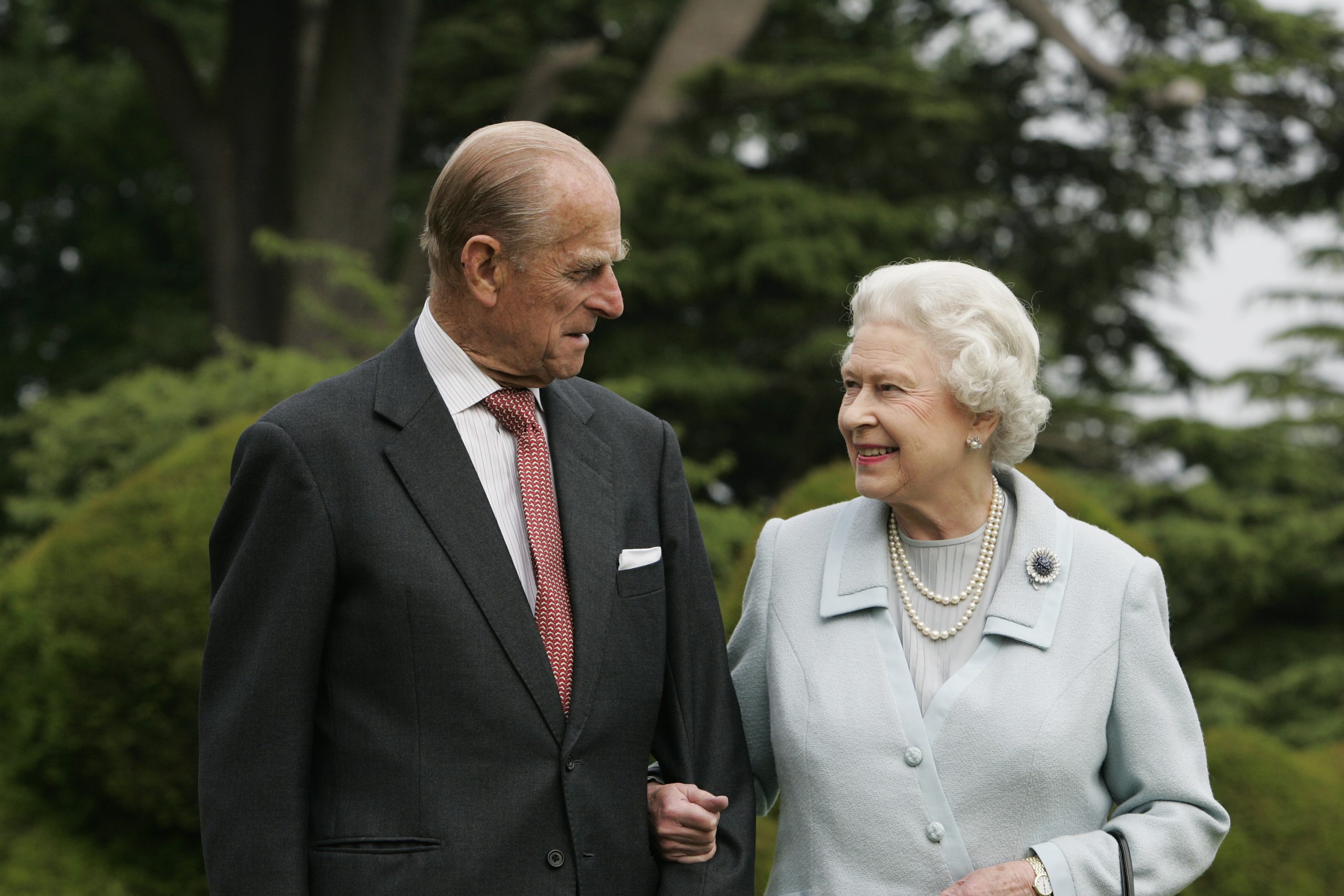
Serving her people
The Queen inherited tatters of Empire and a new voluntary organisation of former Imperial territories, the Commonwealth. The nurturing and promotion of the Commonwealth, beginning with her epic 173-day Coronation tour that was the first circumnavigation of the globe by any reigning monarch, became a key feature of her reign, inspired in part by her conviction that ‘the most important contact between nations is usually contact between peoples’.
By the time of her death, membership of the Commonwealth had increased to 54 nations, including two countries — Rwanda and Mozambique — without a British colonial past: a population in excess of 2.4 billion.
The decision by Commonwealth leaders that The Prince of Wales should succeed his mother in the non-hereditary role of Head of the Commonwealth was partly a tribute to the Queen’s exemplary record. More than once, she had employed diplomacy, charm, a sincere and overriding interest in the lives of Commonwealth nations, even careful flirtation, to steer an organisation that was intermittently riven by deep divisions towards consensus. After one such occasion, at Lusaka in Zambia, in 1979, Zambia’s president Kenneth Kaunda acclaimed her as ‘a great person… a leader among leaders’.
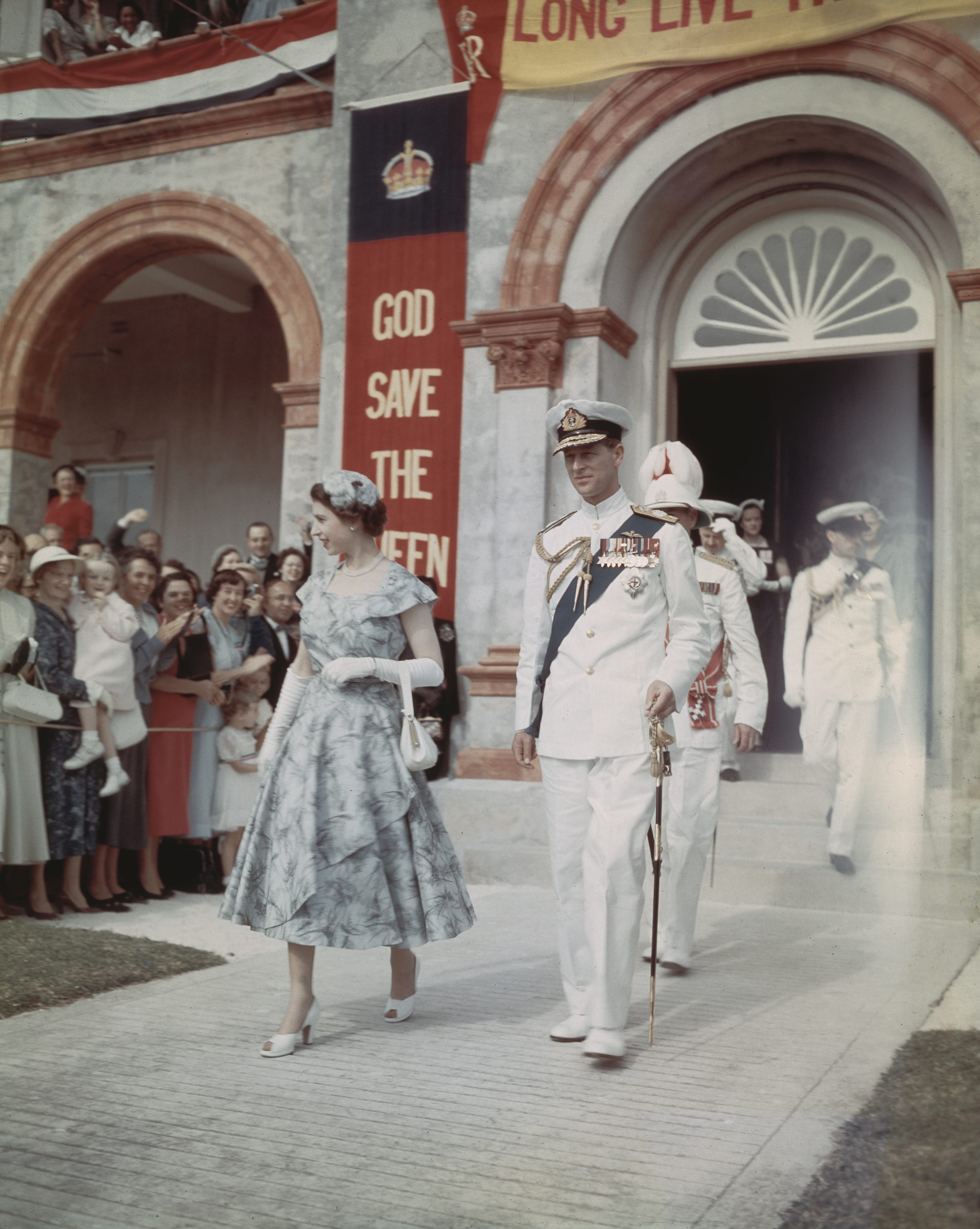
The Queen exercised the same tact in her relationships with her 15 prime ministers. Despite rumours of tensions in a handful of those relationships, most persistently in connection to her first female prime minister, Margaret Thatcher, her political views remained private, part of a broader policy of avoiding contention at all times. ‘The very fact of living a decent and upright life is in itself a positive factor in maintaining civilised standards,’ the Queen stated. ‘Civilised standards’ included the politeness to respect others’ views without giving offence.
Tensions were also rumoured at intervals in her relationships with her children, especially her eldest son, The Prince of Wales. On her state visit to Denmark in 1957, the Queen admitted to a scientist she met that she missed her children ‘when I’m away for long’. She was, of course, often away, and there were times when duty apparently made more insistent demands on her attention than family life.
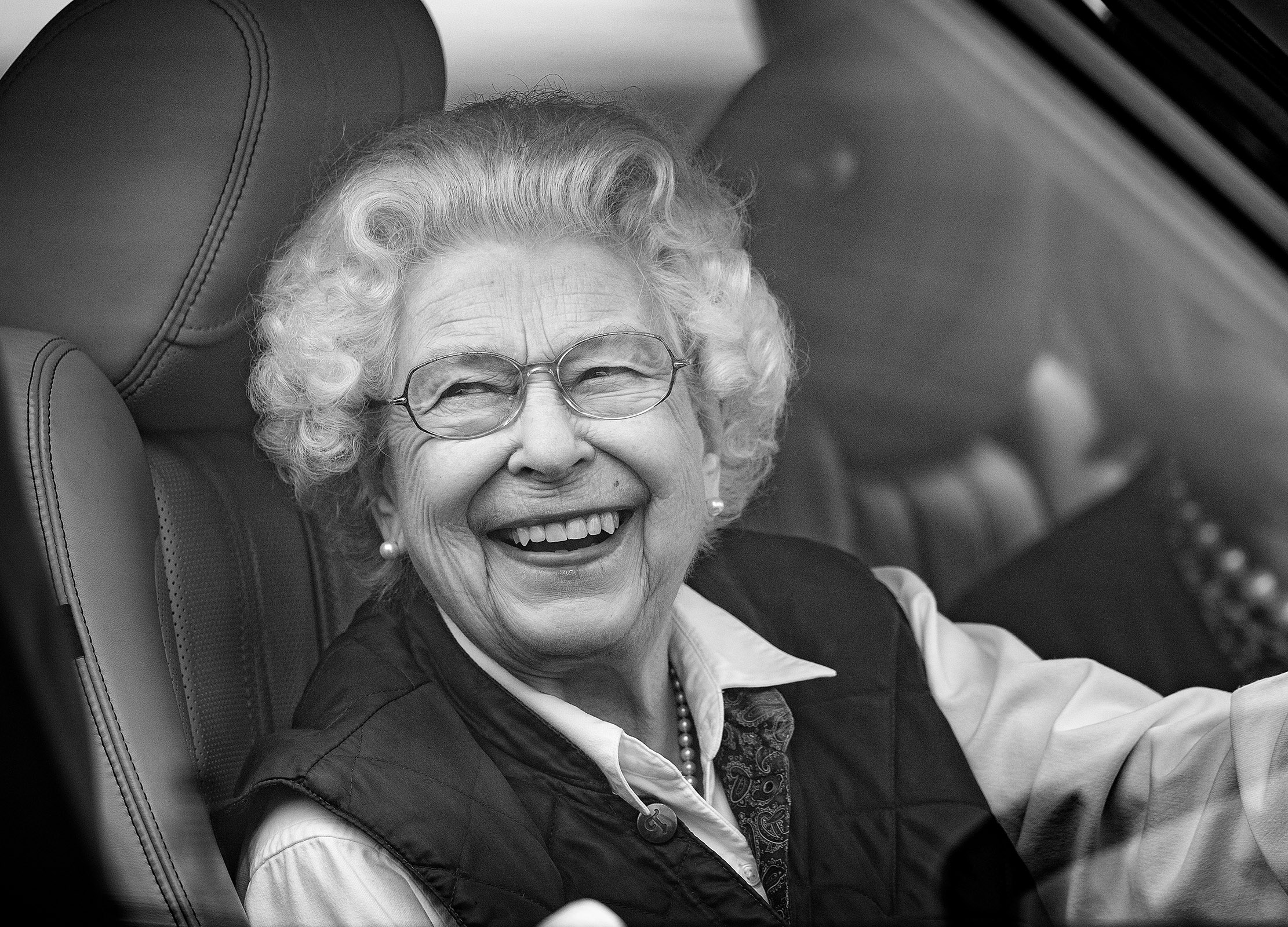
Universal affection
A mistaken view emerged of the Queen as a cold mother: many blamed her for the divorces of her three elder children in the difficult decade of the 1990s, in which the ‘annus horribilis’ of 1992 saw the separation of the Prince and Princess of Wales, the Windsor Castle fire and demands for alterations in the royal tax position. It was perhaps a reflection of the Queen’s overwhelming success in her public role that prompted criticism of her private record.
Overwhelmingly, however, the Queen inspired praise. Her Silver, Golden, Diamond and Platinum Jubilees prompted outpourings of public affection on an unprecedented scale. The reason was simple: in the words of the once-republican Master of the Queen’s Music Peter Maxwell Davies, her ‘selfless dedication and example’.
‘What she’s interested in,’ stated a prime-ministerial aide once, ‘are things going on as they are, tolerance, good manners, Christian behaviour, doing the right thing.’ As so often, it was the viewpoint of the silent majority, who repaid her efforts with the love and unstinting admiration she unquestionably deserved.
Matthew Dennison is the author of ‘The Queen’ (Apollo)
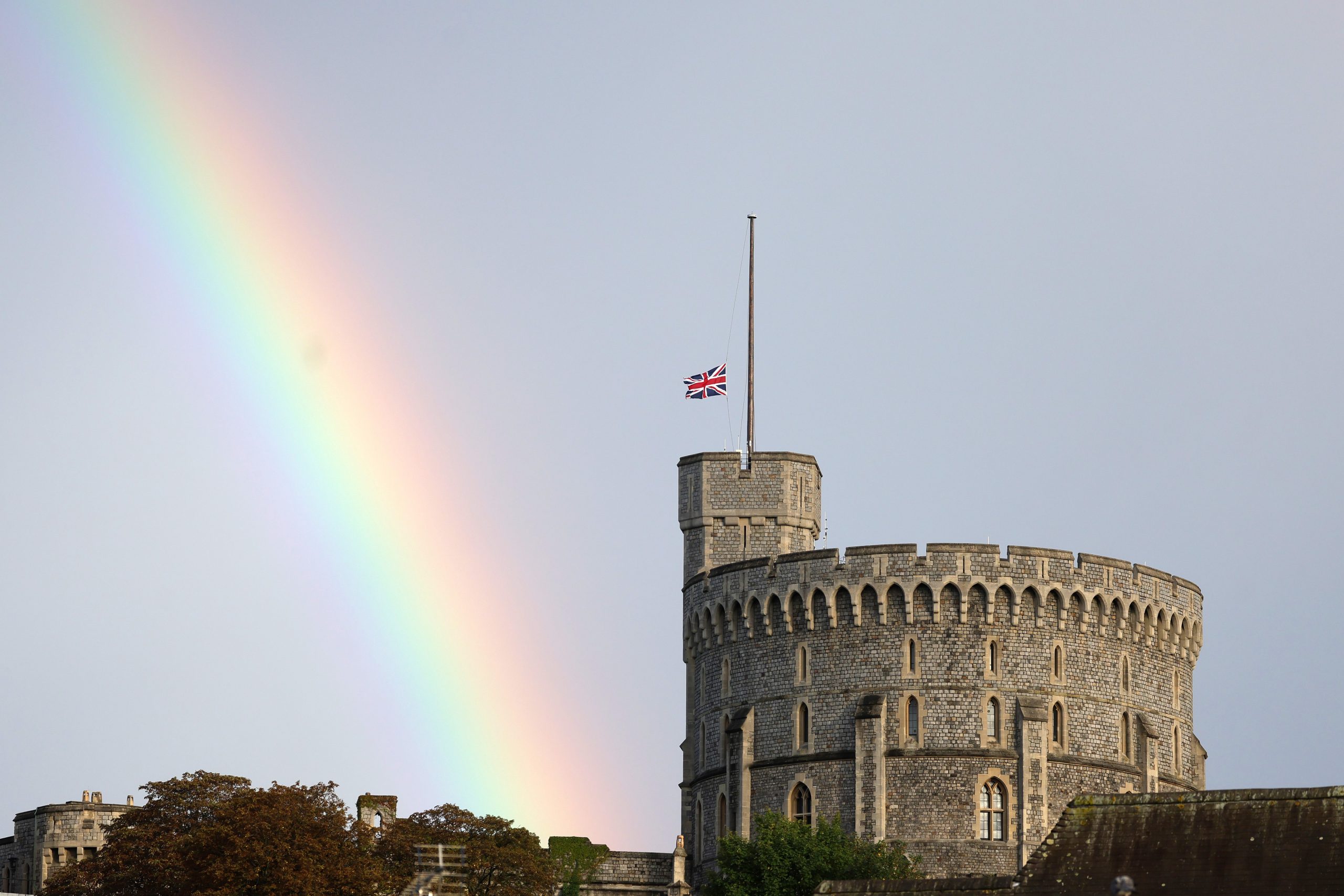

Her Majesty The Queen dies aged 96
Her Majesty Queen Elizabeth II has died at the age of 96.
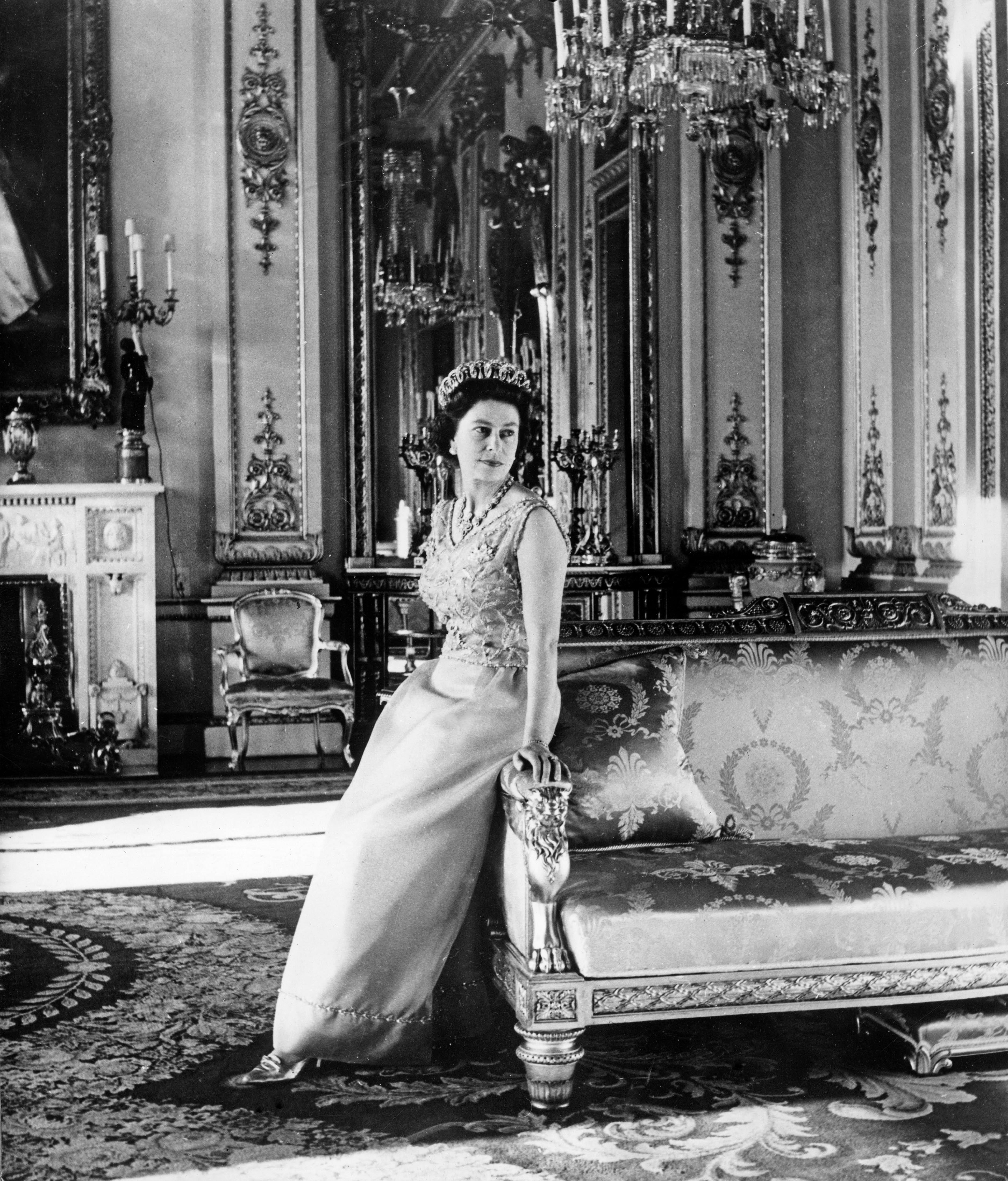
Thank you, ma’am — we’ll miss you
We pay tribute to Her Majesty Queen Elizabeth II, who died on Thursday 8 September, aged 96.
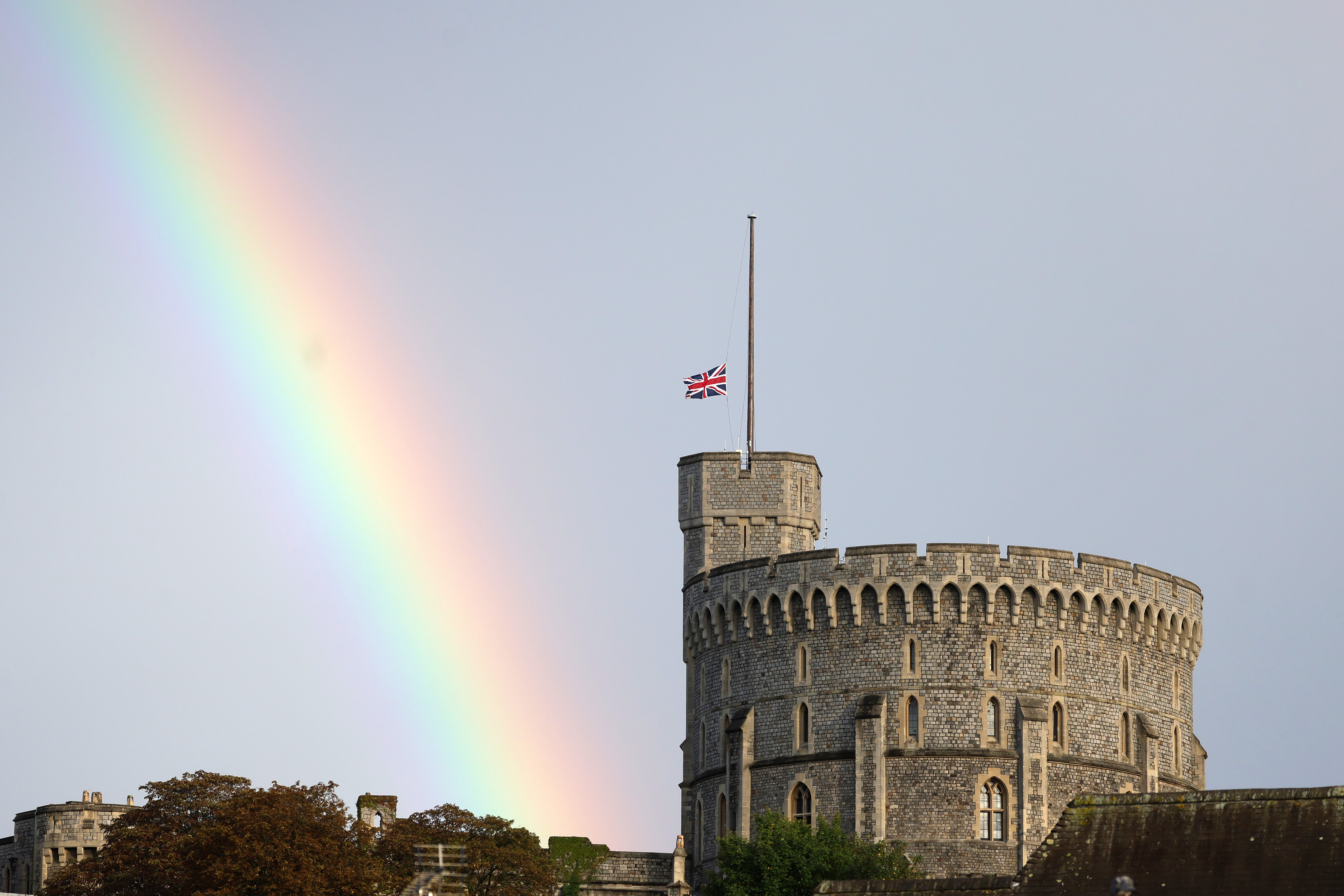
Windsor Castle's rainbow to the heavens, and the other indelible images from the day Her Majesty The Queen died
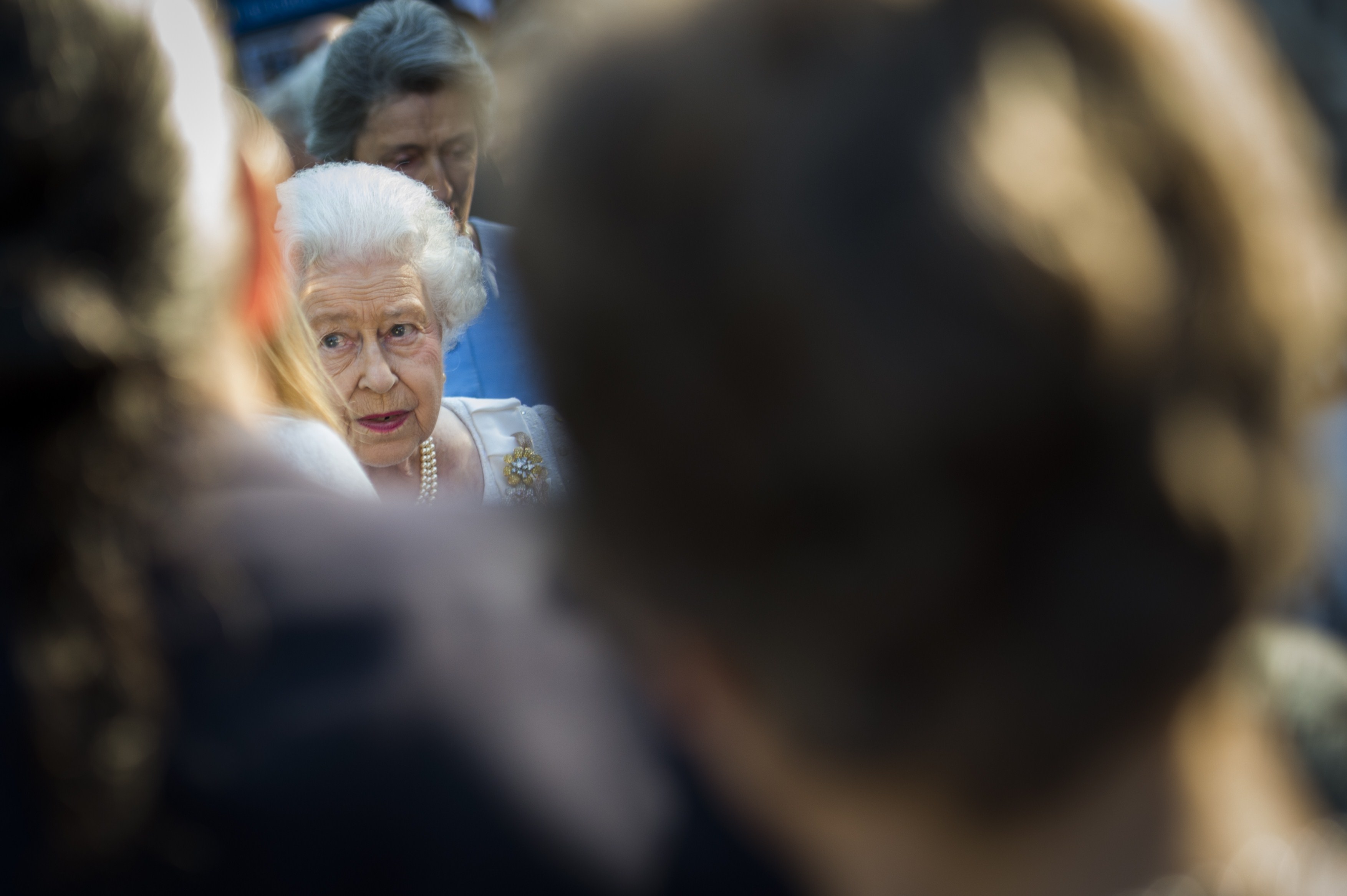
Carla Carlisle: The day I rescued The Queen
Carla Carlisle's friends and family back in America are convinced she's on personal terms with Her Majesty. She isn't — but

Queen Elizabeth II's reign by numbers: 15 Prime Ministers, 120 countries and 175,000 telegrams to centenarians
From the miles she travelled to the honours she conferred, Jane Watkins takes a look at some of the numbers

The State Funeral of Queen Elizabeth II: The tale of the final farewell to Her Majesty
Details and images of the funeral of Her Majesty Queen Elizabeth II on Monday 19th September, 2022.

70 years of style: The clothes of Queen Elizabeth II
Far from being a passive dresser, The Queen pays close attention to what she wears and what those clothes convey.

A timeline of the reign of Queen Elizabeth II
After the death of Her Majesty, we look back at key moments from her 96 glorious years.

Memories of Queen Elizabeth II to bring smiles and laughter, from jokes with tourists to her delight at winning £16 on The Derby
The Queen was famous for the twinkle in her eye and wicked sense of humour, as countless people have recalled

Queen Elizabeth II: Tributes from around the world to Britain's longest-serving monarch

'They had come, as we came, because they felt they had to do something to say ‘Thank you’... This was the real proof of a nation’s love. Which is what the Queen richly deserved'
Following the death of Queen Elizabeth II, Country Life columnist Agromenes focuses on the outpouring of love and celebration he
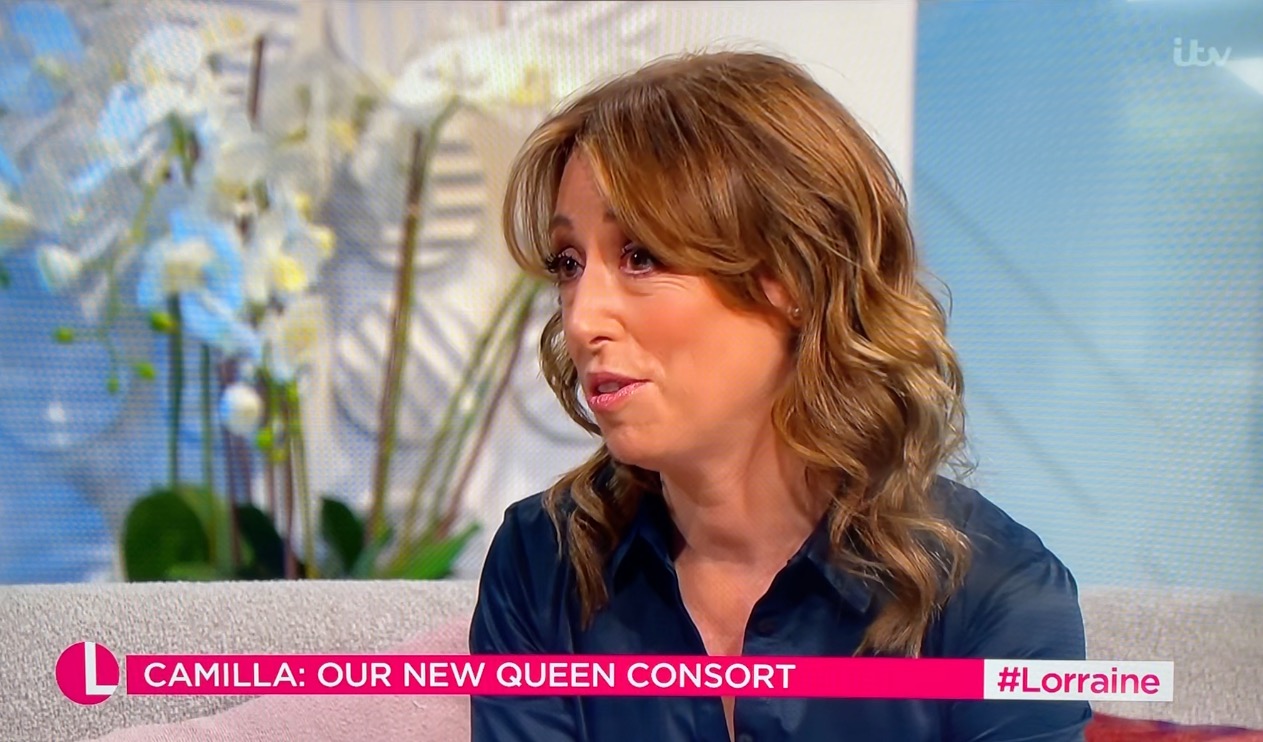
Credit: ITV
VIDEO: Country Life's Paula Lester on what it was like working with the Queen Consort
A glimpse into the personality of His Majesty The King and HRH Camilla, The Queen Consort, from Country Life's managing

20 rare and wonderful pictures of The Queen and Prince Philip
With Her Majesty the Queen and the Duke of Edinburgh both now having passed away, we take a look back
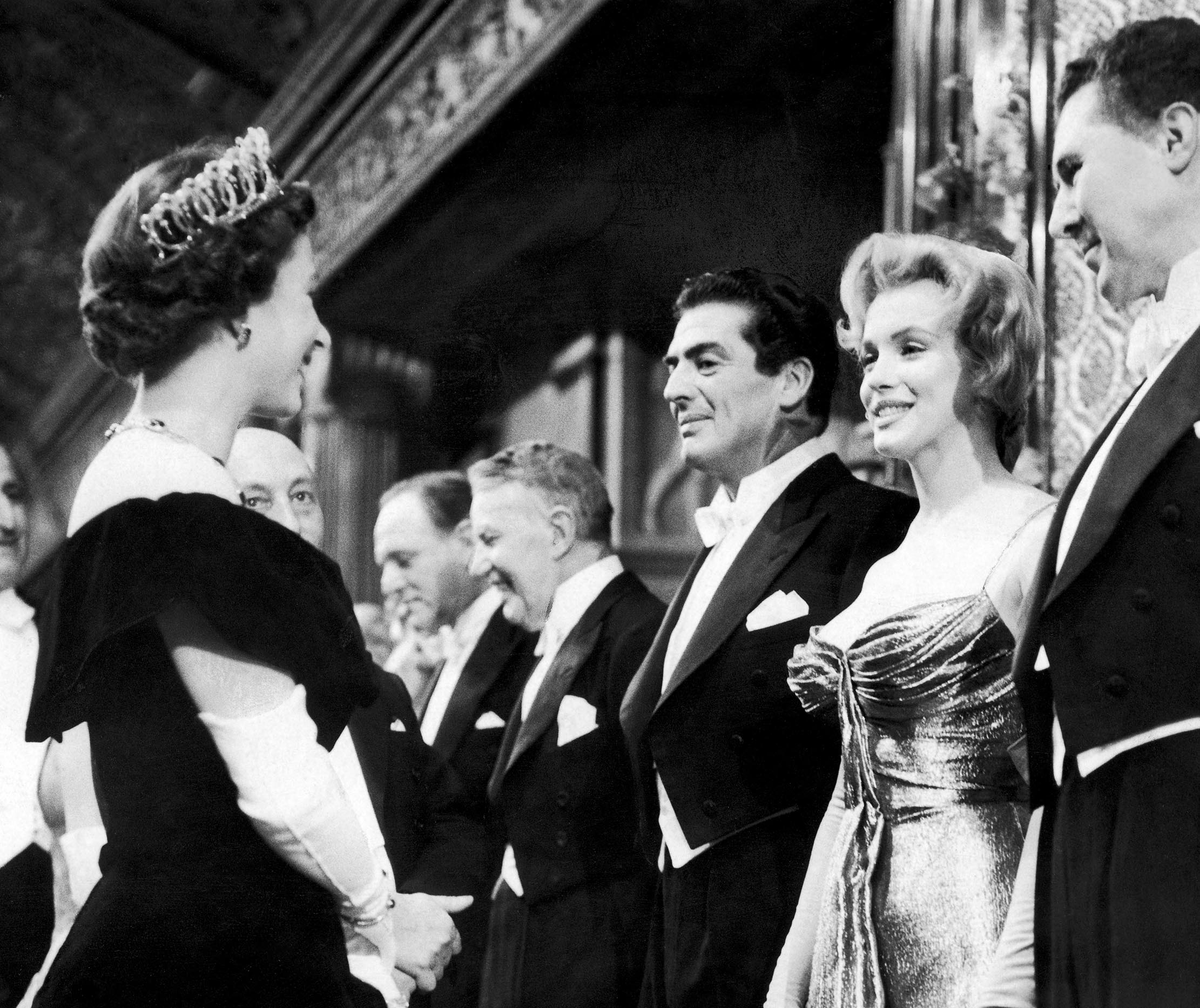
A witness to history: How The Queen spanned 70 years of global events, from astronauts to actresses
How Her Majesty was so often face-to-face with the people who shaped the late 20th and early 21st centuries.